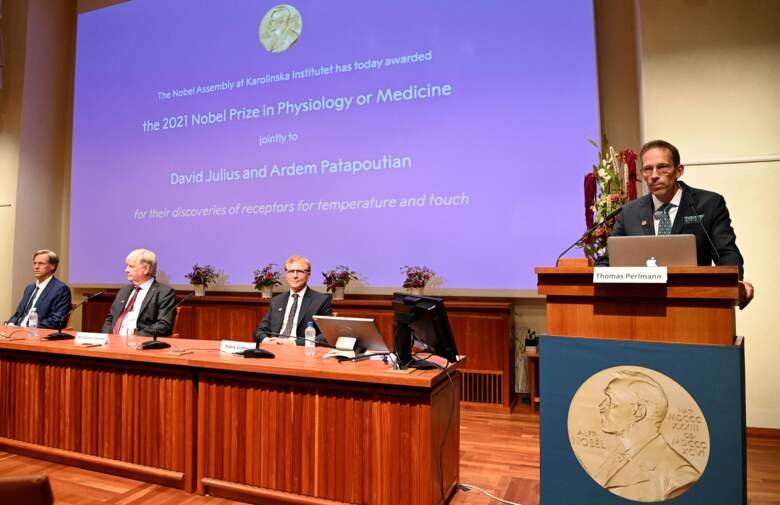Key breakthroughs in pain research
Scientists have been trying to understand pain since the 17th century, but only in the past 30 years have they seriously begun to investigate the role of the brain and psychology.
1664: Philosopher René Descartes describes pain as something that travels along nerves to the brain.
1864: Examination of soldiers in the US civil war reveals that nerve damage causes a special kind of pain.
1906: Charles Sherrington describes the neurology behind involuntary reflexes, such as drawing your hand away from a hot plate before actually feeling any pain.
1939: Yngve Zotterman at Karolinska Institutet demonstrates that pain travels along dedicated neural pathways.
1953: Researchers discover that a chemical messenger called substance P transmits impulses from peripheral pain nerves to the central nervous system.
1969: Researchers show that pain can be alleviated by electrical stimulation of the brainstem.
1972: Pain-relieving opioids are shown to bind to receptors in the brain.
1975: It is clear that the body produces its own opioids.
1970-1980: Specialised receptors called nociceptors that register different types of pain, such as from extremes of temperature and mechanical and chemical stimuli, are discovered. Specialised pain nerves are found in the spinal cord.
1980-2000: Receptors that react to extremes of temperature and inflammatory, mechanical and chemical stimuli are cloned and described. Researchers discover how pain signals are amplified en route to the brain through sensitisation in the pain nerve pathways. PET and fMRI make it possible to describe functional networks in the brain for pain and the placebo effect.
First published in Swedish in the magazine Medicinsk Vetenskap no 2 2011.
The Nobel Prize in Physiology or Medicine
 Photo: JONATHAN NACKSTRAND/TT
Photo: JONATHAN NACKSTRAND/TTA Nobel Prize with significance for pain research
The Nobel Prize in Physiology or Medicine 2021 has been awarded jointly to David Julius and Ardem Patapoutian “for their discoveries of receptors for temperature and touch.” Our ability to sense heat, cold and touch is essential for survival and underpins our interaction with the world around us.
